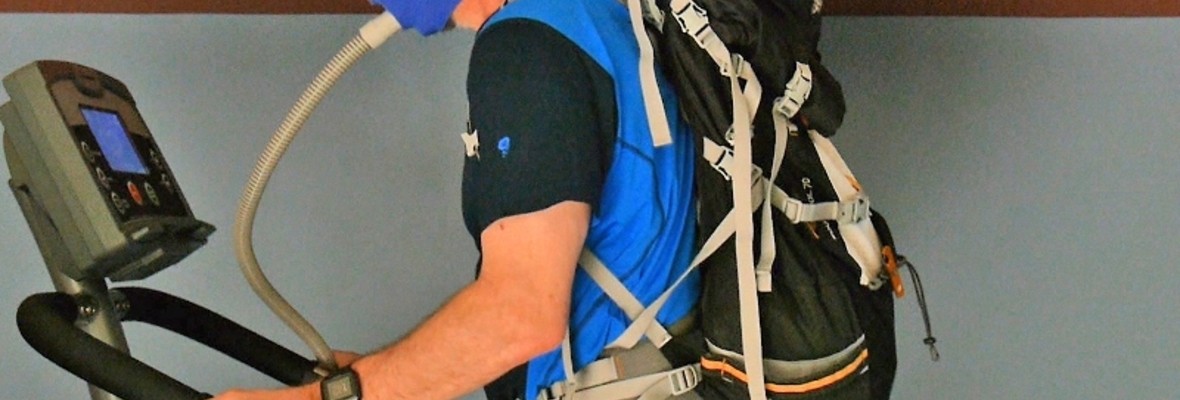Intermittent hypoxic therapy (IHT)
IHT technology (hypoxic therapy) is a unique innovation, which is only offered by several hotels all over the world.
Simulating a stay in an alpine altitude using reduction of oxygen in the air you are breathing causes numerous positive processes in your body, such as excessive production of erythrocytes, increased capillary production, overall boost of blood circulation, ageing deceleration etc.
IHT became popular among athletes, who seek legal and non-medicament ways to further increase their performance and to help them overcome limits of their capacities.
Thy hypoxic training is carried on in short intervals of breathing reduced oxygen (hypoxic air) inhaled using a face mask combined with breathing regular air. You have a full control over the training session and you can easily monitor your physiological parameters in order to optimize your training load. The simulated altitudes are far higher than those used in oxygen tents, which is why the training sessions can be shortened to 30-90 minutes per day. The hypoxic training effect is so strong that you will feel the effects in just one or two minutes.
Daily IHT sessions are pleasant and relaxing – one session in a comfy chair takes 30-90 minutes. The overall training class takes 10-20 sessions.
There are many physiological effects which form the essence of IHT, each of them contributing to increasing your performance without overloading.
- Improved mitochondrial body processes lead to improvement of your energetical production on a cellular basis
- Stimulating of EPO production, hemoglobin and reticulocytes increases blood-oxygen binding capacity. These changes appear naturally and none of these parameters exceed the limits set by WADA
- Increasing capacity of the antioxidant system – protects our body against oxidative stress and exhaustion and decreases length of the overall recovery process
- Release of VEGF (vascular endothelial growth factor) – protein, which encourages creation of new blood capillaries and increases the diameter of blood vessels (vasodilatation) – helps with more efficient oxygen supply for muscles and for the whole body
- “well tuned” sympathetic neural and autoimmune system
The research shows that these effects are consequences of modulating arterial saturation with oxygen – intermittent changes of the oxygen level in blood.
These changes are induced by breathing the hypoxic air and can be monitored by a pulse oximeter.
(the above text refers to an external source www.aktivnizdravi.cz)



